9+ Sample Pes Statement
-

Pes Statement Template
download now -
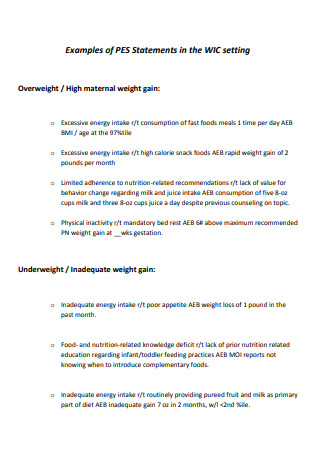
Pes Statement Example
download now -
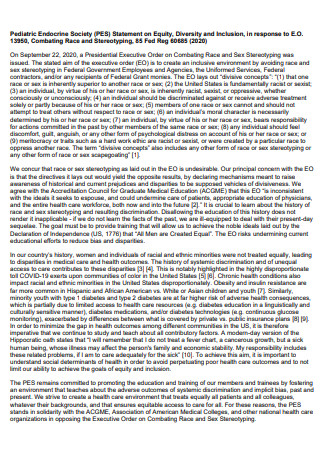
Pes Statement on Equity
download now -
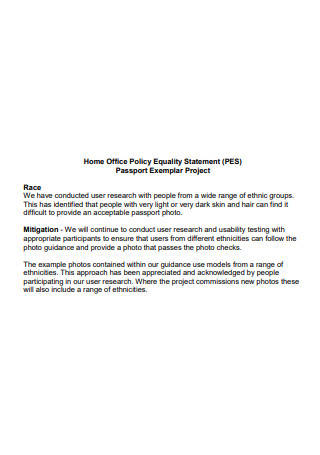
Home Office Pes Statement
download now -
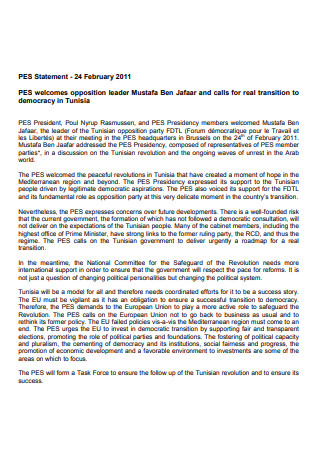
Pes Statement in PDF
download now -
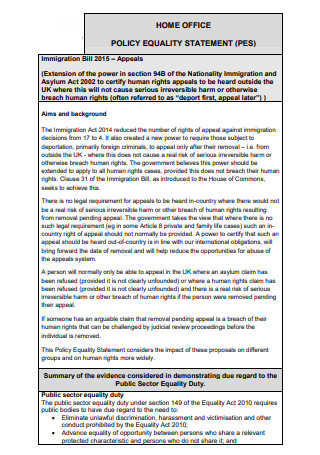
Basic Pes Statement
download now -
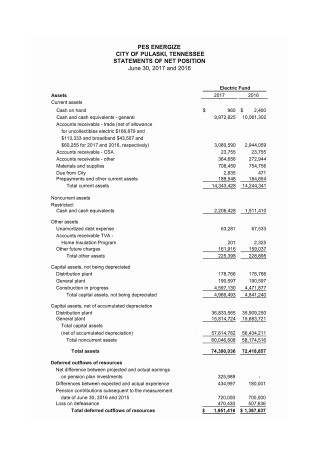
Pes Statement of Net Position
download now -
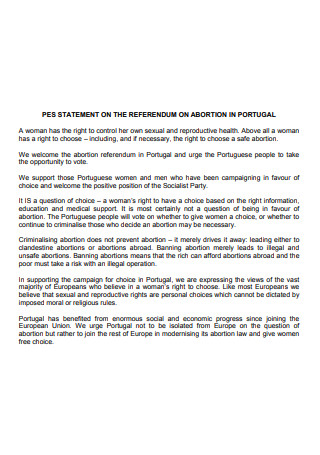
Printable Pes Statement
download now -
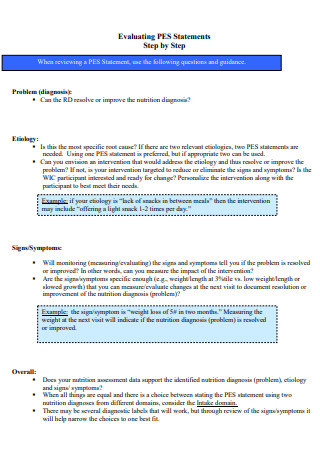
Evaluating Pes Statement
download now -
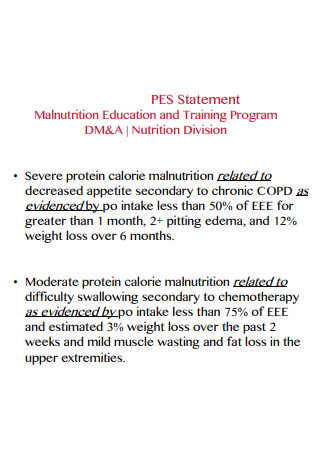
Formal Pes Statement
download now
FREE Pes Statement s to Download
9+ Sample Pes Statement
What Is a PES Statement?
Components Of a PES Statement
What Are the Basic Nutrients That Our Body Needs?
Effects Of Proper Nutrition On Our Body
The Step by Step Process in the Nutrition Care Process
FAQs
Should a PES statement be used every time?
What is the difference between a PES statement and an ADIME note?
What does a Dietitian do?
What Is a PES Statement?
A PES statement is a part of the formal process that dietitians use in a hospital setting. This business document is essentially a nutrition diagnosis. The PES statement is a structured sentence that describes the specific nutrition problem that the dietitian is responsible for treating and working toward resolving the cause or causes of the problem and the evidence that the problem exists. In other words, it states what the dietitian should do to improve the health and wellness of the patient of concern, making necessary (and sometimes significant) changes to the patient’s nutrition intake, access to safe food, or the patient’s education.
Components Of a PES Statement
Here are the parts of what make a PES statement, along with their explanations:
- Problem – The problem, or nutrition diagnosis, identifies the specific nutrition problem for which the dietitian is responsible and works to resolve. Nutritional diagnoses are classified into three types: intake, clinical, and behavioral. Intake diagnosis is concerned with nutrition and intake issues. Clinical diagnosis refers to a type of diagnosis that includes medical or physical conditions that have an impact on nutrition. Nutritional problems associated with nutrition knowledge and belief (including attitude), physical activity and function (for example, ability to self-care), and food access and safety are classified as behavioral diagnosis. The nutrition diagnosis should be tailored to the role of the dietitian. As a dietitian, you have the ability to resolve or improve the nutrition diagnosis.
- Etiology – The cause, set of causes, or mode of causation of a disease or condition is referred to as etiology. In the PES statement, it describes the cause of the nutrition diagnosis. The etiology is the dietitian’s analysis of why this nutrition diagnosis occurred in the first place. In this section, consider the root cause of the nutrition problem. The etiology section of the PES statement is intended to address the nutritional problem that you are addressing with your work as dietitians. You might find it useful to begin with the etiology section and work your way backward. If you’re not sure where to begin with the PES statement, this strategy can help you avoid feeling stuck.
- Signs or Symptoms – The dietitian provides evidence to support why they diagnosed the nutrition problem in the first place in this section of the PES statement. Signs are objective data derived from direct physical examination, observation, lab values, and test results. Symptoms are subjective data reported by the client or their family rather than objective outcomes. Lab values, intake history, nutrition knowledge, anthropometric data, or findings from the nutrition-focused physical exam are examples of commonly used signs and symptoms. The statement of signs and symptoms should support the Nutrition Diagnosis. It should be specific so that it can be tracked and measured in order to evaluate changes.
What Are the Basic Nutrients That Our Body Needs?
Here are the basic nutrients that our body needs in order to maintain a good nutrition level:
Effects Of Proper Nutrition On Our Body
Here are the positive effects that proper nutrition can bring to our body:
The Step by Step Process in the Nutrition Care Process
The Nutrition Care Process serves as a systematic approach to providing quality nutrition care. It has four steps, all of which will be explained below:
-
1. Nutrition Assessment
Nutrition Assessment is a methodical approach to collecting, categorizing, and synthesizing important and relevant data required to identify nutrition-related problems and their causes. This step also includes reassessment for comparing and re-evaluating data from one interaction to the next, as well as the collection of new data that may lead to new or revised nutrition diagnoses based on the client’s status or situation. It is an ongoing, dynamic process that begins with data collection and continues with reassessment and analysis of the client’s status in relation to accepted standards, recommendations, and/or goals. This is in contrast to nutrition monitoring and evaluation, in which nutrition and dietetics practitioners use the same data to determine changes in client behavior, nutritional status, and the effectiveness of nutrition interventions.
-
2. Nutrition Diagnosis
Nutrition Diagnosis is the identification and labeling of an existing nutrition problem or problems by a nutrition and dietetics practitioner that he/she is responsible for treating. Nutritional diagnoses (for example, inconsistency in carbohydrate intake) differ from medical diagnoses (such as diabetes). Nutrition and dietetics practitioners write a PES (Problem, Etiology, Signs and Symptoms) statement to describe each problem, the root causes, and the assessment data that provide evidence for the nutrition diagnosis in order to communicate a nutrition diagnosis.
-
3. Nutrition Intervention
Nutrition intervention is a deliberate action designed to change a nutrition-related behavior, Risk Factor, environmental condition, or aspect of health status in order to resolve or improve the identified nutrition diagnosis or nutrition problem. Nutrition interventions are chosen and tailored to the needs of the client through the planning and implementation of appropriate interventions.
The nutrition diagnosis and its etiology drive the nutrition intervention selection. The nutrition intervention is usually aimed at resolving the nutrition diagnosis by changing or removing the nutrition etiology. It is less frequently aimed at alleviating the signs and symptoms of a nutrition problem or problems. Nutrition intervention goals, ideally developed in collaboration with the client, serve as the foundation for tracking progress and assessing outcomes.
-
4. Nutrition Monitoring and Evaluation
The goal of nutrition monitoring and evaluation is to determine and measure how far the nutrition intervention has progressed and whether the nutrition-related goals/expected outcomes have been met. The goal is to promote more consistency in assessing the effectiveness of nutrition interventions within the dietetics profession. Nutrition Monitoring and Evaluation identifies outcomes/indicators that are relevant to the diagnosis, as well as nutrition intervention plans and goals.
FAQs
Should a PES statement be used every time?
This answer will differ depending on where you work or if you have a private practice. Yes, if your hospital or long-term care facility requires PES statements, you must use them. If you run your own private practice, you have more say in the matter. However, if you bill for insurance, it is worth checking to see if they have formatting preferences that you should adhere to
What is the difference between a PES statement and an ADIME note?
An ADIME (Assessment, Diagnosis, Intervention, and Monitoring/Evaluation) note lists the processes that are used to ensure high-quality nutrition care to patients and clients from nutrition professionals such as registered dietitians. It is used as a means of charting patient progress and to encourage a universal language amongst nutrition professionals. PES Statements, on the other hand, serve as an entire section that can be found on the ADIME note.
What does a Dietitian do?
Dietitians are qualified professionals who can offer expert nutrition and dietary advice. They translate the most recent scientific findings into practical dietary advice. They also provide food and nutrition information, as well as assistance to people seeking to improve their health. In addition to that, they advise on nutrition-related issues. Dietitians can also help people change their diets to manage conditions like diabetes, heart disease, overweight and obesity, cancer, food allergies, and intolerances.
Whenever a PES statement is being written for you, it is important that you take into consideration each and every detail of your nutritional assessment, This is also important when you begin to choose your nutritional diagnosis. It is also critical to ensure that you can treat the nutrition diagnosis or improve its current signs and symptoms. Having an effective PES statement is considered the top standard for communicating and documenting any form of nutrition diagnosis. In this article. examples of a PES statement are available for you to download and use as a reference should you need to make one.
